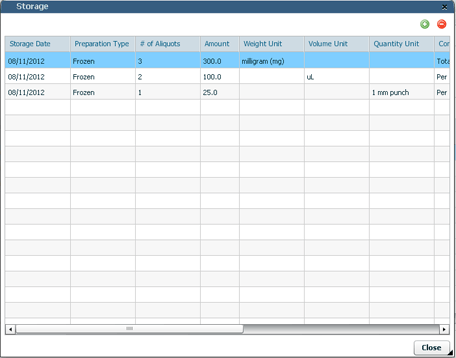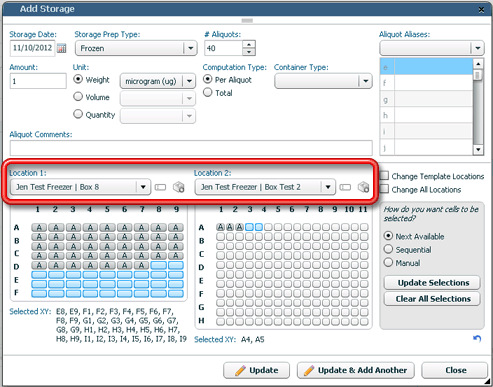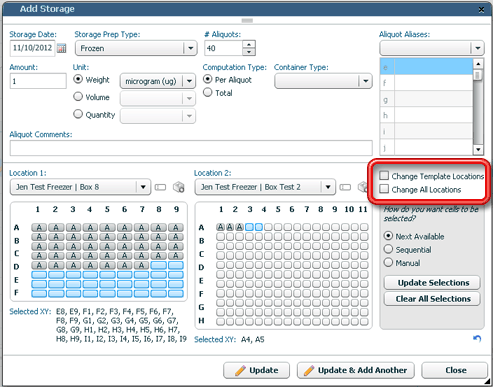- Welcome
- Use case
- Getting Started
-
Searching Records
- Performing a Basic Search
- Performing an Advanced Search
- Performing a List Search
- Performing a Keyword Search of UUMC Pathology Reports for all Patients in the Database
- Performing a Keyword Search of UUMC Pathology Reports for the Patients Associated with a Specific Set of Specimens
- Restrictions on Searches
- Reports
-
iQ Tool
- Adding Columns to a Query
- Starting the iQ Tool
- iQ Tool Window
- Current Query Data Group
- Saved Queries List
- Top Portion of the Selected
- Display or Report Columns Section
- Find/Filters Section
- Running a Preexisting Query
- Creating a Query
- Create Query Window
- Copying and Altering a Preexisting Query
- Removing Columns from a Query
- Editing Column Parameters in a Query
- Changing the Order of Columns in a Query
- Adding Filters to a Query
- Editing Filters in a Query
- Ways of Comparing Data
- Removing Filters From a Query
- Results Window
- Application Data Structure
- Application Database Fields Alphabetical List
- Application Datatree
- Field Paths List for the iQ Tool
-
Adding Specimens to the Database
- Adding a Single Specimen using the Add Specimen Wizard
- Adding a Batch of Specimens using the Add Specimen Expert Tool
- Saving a Batch of Specimens to be added as a Work in Progress
- Finishing a Work in Progress Batch
- Printing Barcodes for a Specimens in a Batch added using the Add Specimen Expert Tool
- Customizing the Add Specimen Expert Tool to Streamline Specimen Batch Entry
- Changing which Box an Add Expert Template Points for Adding Storage
- Importing FFPE Samples from UUMC
- Entering and Editing Specimen Records
- Transformations
- Specimen Disbursement and Registration
- Reports and Records
- Adding a Pathology Report to a Specimen Record
- Performing a DEXT Import of a Pathology Import
- Checking on the status of your DEXT Import Request
- Adding a Medical Record to a Specimen Record
- Editing Patient or Collection Records
- Editing Collection Records
- Editing Patient Records
- Diagnoses
- Adding a Diagnosis to a Patient Record
- Linking an Existing Diagnosis to one or more Collections
- Linking a Collection to a Diagnosis
- Recording a Consent for a Patient
- Reviewing a Patient's Consents
- Uploading a Patient's Consent Form
- Managing Patient Consents
- External (to itBioPath) Data Sources
- Managing Dictionaries
-
Storage
- Editing Aliquots
- Connecting a Barcode Label Printer to itBioPath
- Removing a Barcode Label Printer from itBioPath
- Freezer Management
- Viewing the Contents of a Box in a Freezer
- Accessing the Specimen Record for the Specimen associated with an Aliquot
- Editing Box Details
- Adding a New Box to a Freezer from the Add Aliquot Window
- Managing Protocols, Projects, and Related User Permissions
- Window, Tab, and Field Descriptions
- Miscellaneous
The templates in the Add Specimen Expert tool can be set up with aliquots from a new set of specimens being stored in a specific box, by default. However, when that box is full, users will typically want the default storage location for the template to be changed to the next box being used. The Add Aliquot window, when entered as part of the Add Specimen Expert process, allows for this change to occur at the moment that it is most likely to be recognized — while aliquots are being added and the previous box is filled up. To make this change, a user does not need to be the owner (creator) of a particular Add Expert template. This is the only change that users who do not own a specific template can make to that template. To change the box that a template points to:
- Click the edit button in the Aliquot(s) column. The Storage window will appear.
![]()
- Double-click on one of the rows in the list or click the add button. The Add Storage window will appear.

- Since the box selected in Location 1 is full or you no longer want to use it, select the new box (the box you want the template to start to point at from now on) in Location 2. (Keep Location 1 as the original default location.)

- Click on the Change Template Locations checkbox so that it is selected.

- In some cases, there are actually multiple templates that point at the same box, and when that box is full, all of those templates should be changed to point to the new box. To change all of the templates automatically at the same time, check the Change All Locations checkbox instead of the Change Template Locations checkbox.
- Finish entering the specimen information (storage and otherwise) in the Add Specimen Expert tool. The next time the template is used, the default location (in Location 1) will be the box selected in Location 2.



